PPT-Guided Reading for K-2 & Struggling Readers in 3-6
Author : stefany-barnette | Published Date : 2017-04-06
August 2015 Jeannette Schroeder 1 Session Outcomes 1 Deepen our understanding of why and how we should monitor the progress of beginning readers using running
Presentation Embed Code
Download Presentation
Download Presentation The PPT/PDF document "Guided Reading for K-2 & Struggling ..." is the property of its rightful owner. Permission is granted to download and print the materials on this website for personal, non-commercial use only, and to display it on your personal computer provided you do not modify the materials and that you retain all copyright notices contained in the materials. By downloading content from our website, you accept the terms of this agreement.
Guided Reading for K-2 & Struggling Readers in 3-6: Transcript
Download Rules Of Document
"Guided Reading for K-2 & Struggling Readers in 3-6"The content belongs to its owner. You may download and print it for personal use, without modification, and keep all copyright notices. By downloading, you agree to these terms.
Related Documents

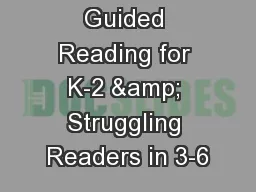


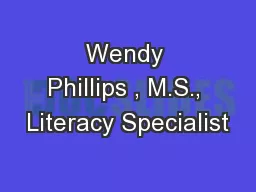


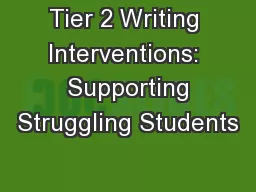
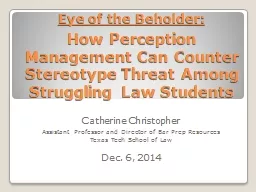
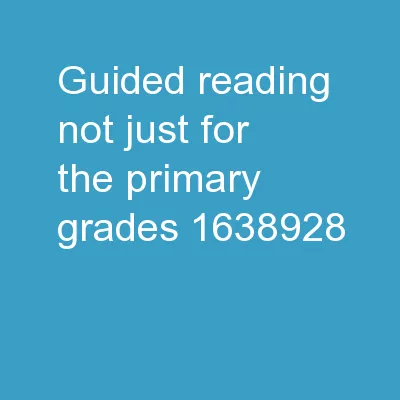
![[EBOOK] - Extra Practice for Struggling Readers: High-Frequency Words: Motivating Practice](https://thumbs.docslides.com/900977/ebook-extra-practice-for-struggling-readers-high-frequency-words-motivating-practice-packets-that-help-intermediate-students-m.jpg)
![[EPUB] - Extra Practice for Struggling Readers: Word Study: Motivating Practice Packets](https://thumbs.docslides.com/901223/epub-extra-practice-for-struggling-readers-word-study-motivating-practice-packets-that-help-intermediate-students-learn-key-p.jpg)
![[EBOOK] - First Little Readers: Guided Reading Level B: A Big Collection of Just-Right](https://thumbs.docslides.com/901706/ebook-first-little-readers-guided-reading-level-b-a-big-collection-of-just-right-leveled-books-for-beginning-readers.jpg)
![[READ] - The Next Step Forward in Guided Reading book + The Guided Reading Teacher\'s](https://thumbs.docslides.com/901784/read-the-next-step-forward-in-guided-reading-book-the-guided-reading-teacher-s-companion.jpg)
![[EPUB] - Penguin Readers Level 3: Wonder (Penguin Readers (graded readers))](https://thumbs.docslides.com/905129/epub-penguin-readers-level-3-wonder-penguin-readers-graded-readers-61be772099f28.jpg)